Preceded by Barthelemy Pouliot Name Hector-Louis Langevin | Siblings Jean Langevin | |
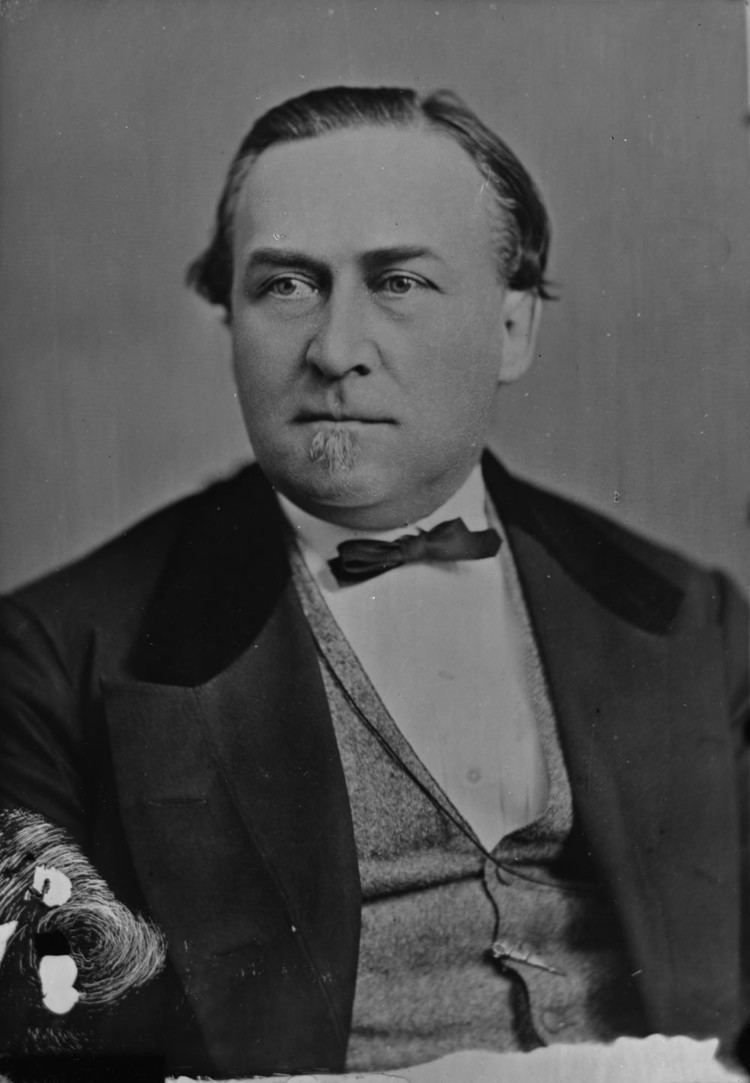 | ||
Succeeded by Louis-Napoleon Larochelle Party Conservative Party of Canada | ||
Preceded by Georges-Honore Simard Succeeded by Institution abolished Succeeded by Remi-Ferdinand Rinfret | ||
Sir Hector-Louis Langevin, (August 25, 1826 – June 11, 1906) was a Canadian lawyer, politician and one of the Fathers of Confederation. He also had an important role to play in the establishment of the Canadian Indian residential school system.
Contents
- Early life and education
- Political career
- Posthumous recognition
- Personal life
- Indian Residential Schools
- References
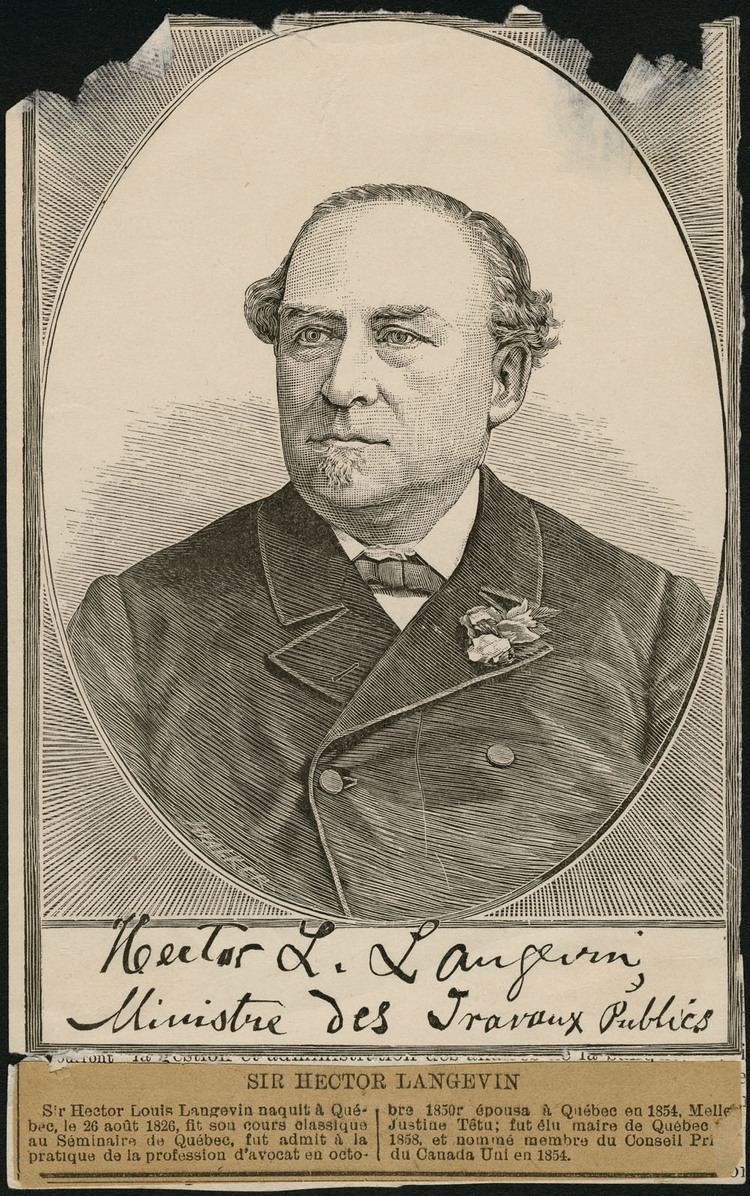
Early life and education
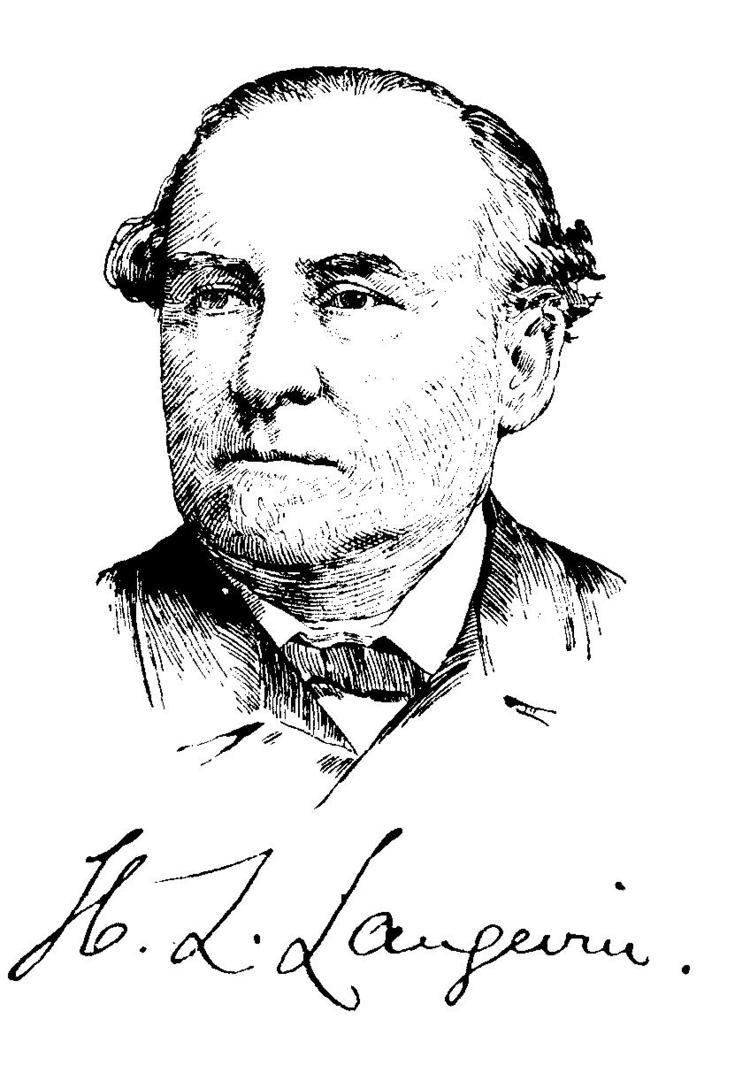
Langevin was born in Quebec City in 1826. He studied law and was called to the bar in 1850.
Political career
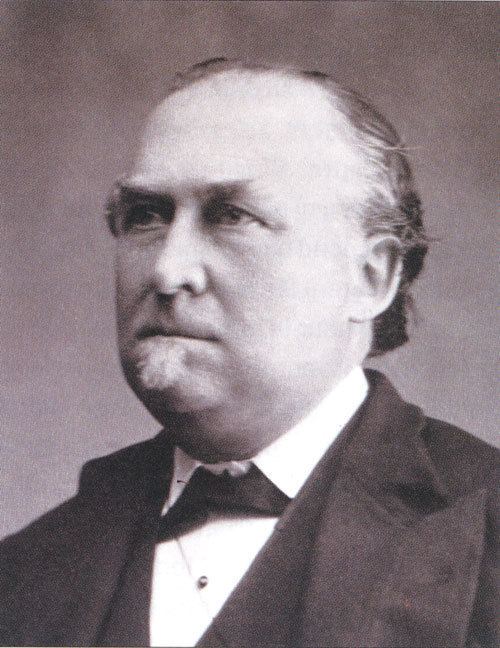
In 1856, he was elected to the municipal council of Quebec City and was mayor from 1858 to 1861. In 1857, he was elected Member of Parliament for Dorchester in the Legislative Assembly of the Province of Canada as a member of the Conservative Party. He held various positions in Cabinet, including Solicitor General (1864–66), Postmaster General (1866–67), Secretary of State for Canada (1867–69), Superintendent-General of Indian Affairs (1868–69) and Minister of Public Works (1869–73). Langevin also attended all three conferences leading up to Confederation. He left politics in 1873 due to his role in the Pacific Scandal.

In 1871 he was elected to the Legislative Assembly of Quebec in the provincial electoral district of Québec-Centre. At the time, dual mandates were still allowed. He served one term, until 1874.
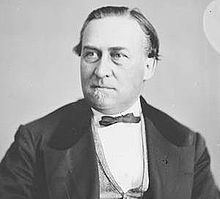
In 1876, he was re-elected in the riding of Charlevoix. His opponent contested the election and it was declared invalid, but he won the subsequent by-election in 1877. He was defeated in Rimouski in 1878 but elected by acclamation in the riding of Trois-Rivières in the same year. Langevin became Minister of Public Works again in 1879. He lobbied behind the scenes against the hanging of Louis Riel in 1885 and was one of the few Conservatives Members of Parliament to survive the resulting backlash in the province of Quebec in 1887.
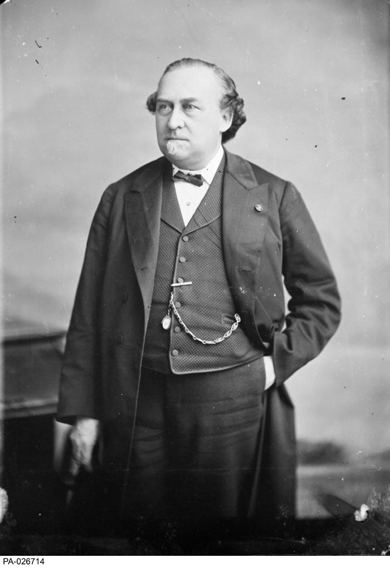
He was promised the post of Lieutenant Governor of Quebec by the new Conservative Prime Minister John Abbott if he resigned as Minister of Public Works. Langevin stepped down in 1891 but Abbott appointed Joseph-Adolphe Chapleau instead. That year, Langevin was implicated with Thomas McGreevy in what became known as the "McGreevy-Langevin scandal" over kickbacks to McGreevy associated with federal contracts granted to him by the department of public works overseen by Langevin. He retired to the backbenches and then left politics in 1896.
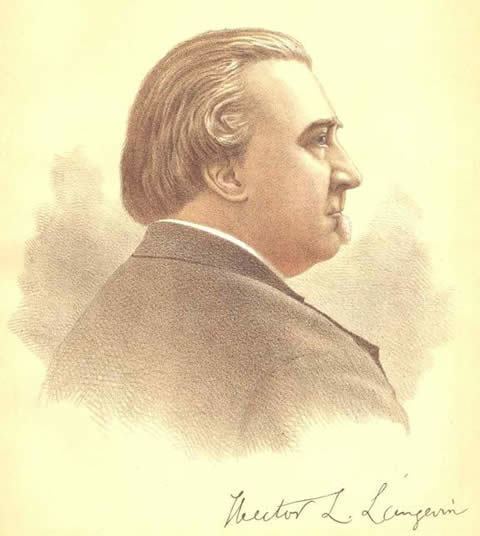
Outside politics he was previously a newspaper editor.
Posthumous recognition
The Langevin Block on Parliament Hill was named in his honour, as was the Langevin Bridge in Calgary. Langevin's group of honours insignia was sold at auction in Ottawa on 18 May 2010 for $8000.00
In June 2017 it was announced the Langevin Block would be renamed due to his involvement in the Canadian Indian residential school system.
On January 23, 2017, Calgary city council voted to change the name from Langevin Bridge to the Reconciliation Bridge.
Personal life
His brother, Jean Langevin was a Roman Catholic bishop.
Indian Residential Schools
As Secretary of State for the Provinces Langevin made it clear to Parliament in 1883 that day schools would be insufficient in assimilating Aboriginal children. Langevin was one of the architects of the residential schools and argued: “The fact is that if you wish to educate the children you must separate them from their parents during the time they are being taught. If you leave them in the family they may know how to read and write, but they will remain savages, whereas by separating them in the way proposed, they acquire the habits and tastes…of civilized people.”
